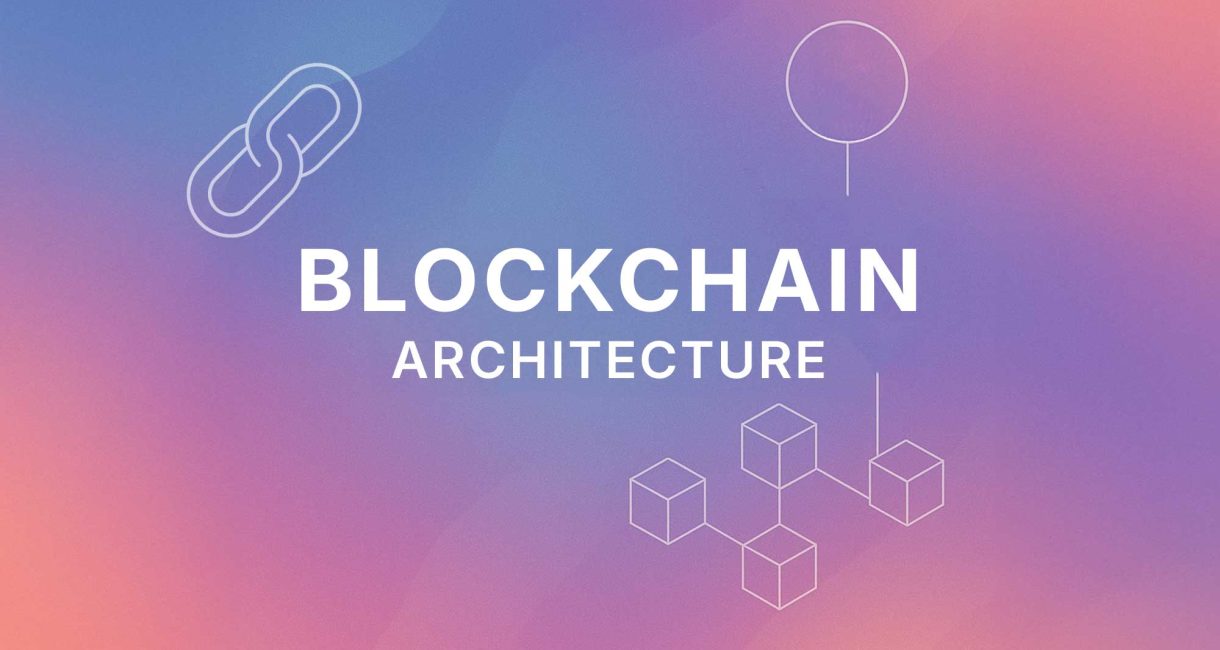Our Services
We design robust, tailor-made blockchain architectures to meet your company’s needs, ensuring security, scalability, and interoperability across both public and private networks.

Service strengths
What sets us apart in blockchain architecture design:
- Smart Contract Development
We design and develop robust, audit-ready smart contracts optimized for gas (or cycle, on ICP). Every line of code is built for security, transparency, and automation — making your business processes tamper-proof.
- dApp Development
From idea to deployment: UX/UI, decentralized backend, wallet integration, testnet, and mainnet launch. We build decentralized applications that combine performance, scalability, and intuitive interfaces — welcoming users without overwhelming them with seed phrases and gas fees.
- Smart Contract Integration
Already have systems in production? We connect your ERP, CRM, or web portals to smart contracts, synchronizing on-chain and off-chain to reduce errors and reconciliation times. Automate payments, supply chain tracking, certifications, and more — harnessing blockchain power without overhauling your existing infrastructure.
Third-party technologies

Solidity
We develop secure and verifiable smart contracts in Solidity, modular and ready for the on-chain logic of your architecture.

Solana
We leverage Solana for high-speed execution and minimal costs, scaling transactions in our blockchain infrastructure.

Ethereum
We use Ethereum as a decentralized security and consensus layer, with bridges and token standards for interoperability.

Remix
We employ Remix to write, test, and deploy smart contracts with live debugging and audit-ready development support.
The challenges we solve
Designing a blockchain architecture requires expertise spanning cryptography, IT, and business processes. With our structured approach, we address:
- Decentralized governance
- Role-based and multisig permissioning models
- Distributed control
- Transparent approval processes
- Regulatory compliance
- Data flows aligned with regulations
- Anonymization, data minimization, and encrypted audit logs
- Integration with legacy systems
- Middleware and API gateways translating on-chain calls into compatible formats
- Data synchronization and consistency
- Cost and performance optimization
- Layer 2 solutions, sharding, and transaction batching
- Lower transaction fees with higher throughput
- Maintenance and updates without downtime
- Legacy infrastructures unable to handle traffic spikes or new markets
- Fees and brokerage costs cutting into margins with every transaction
- Slow, expensive integrations whenever a new partner or marketplace is added
Frequently asked questions
To help you clarify every aspect of Blockchain Architecture, here are the answers to the most common questions:

What’s the difference between permissioned and permissionless blockchains?
Permissionless networks (e.g., Ethereum) are open to anyone, while permissioned networks require authorization to validate transactions, offering greater control and privacy.
Which blockchain network is best suited for my project?
The choice depends on factors such as transaction volume, privacy requirements, and costs: for DeFi or NFTs we recommend Ethereum/Polygon; for enterprise solutions we suggest Hyperledger or Solana.
How do you ensure the security of the architecture?
We apply advanced encryption, code audits with automated tools and manual reviews, deployment via upgradeable proxies, and monitoring systems against suspicious activity.
How long does it take to design the architecture?
An initial assessment typically takes 2–3 weeks; full design and validation require 4–6 weeks depending on complexity and number of integrations.
What are the ongoing management costs?
Operating costs include node hosting (Hetzner), on-chain transaction fees (gas), and support. For an enterprise infrastructure, average costs range from €1,000 to €5,000 per month, depending on workload.



